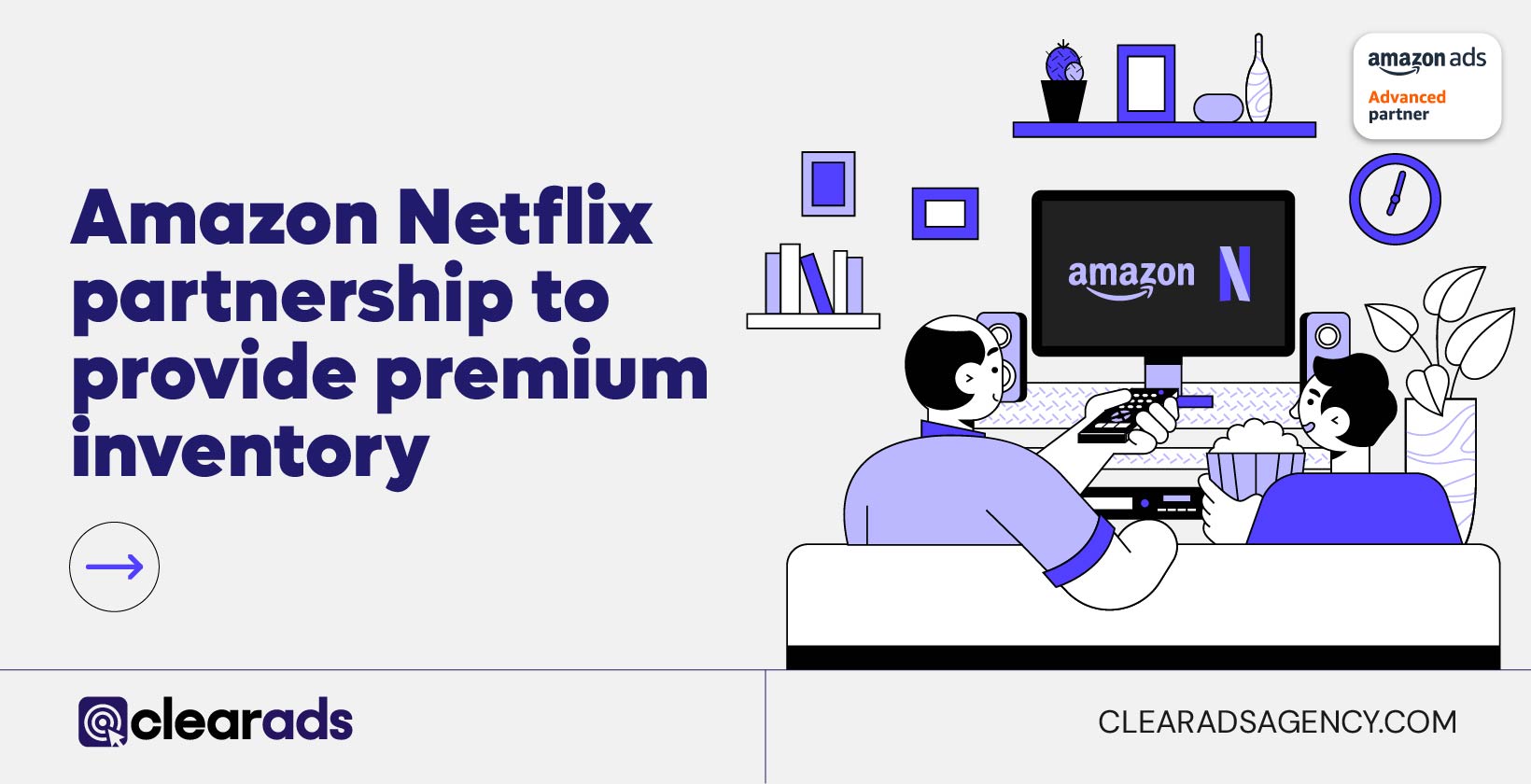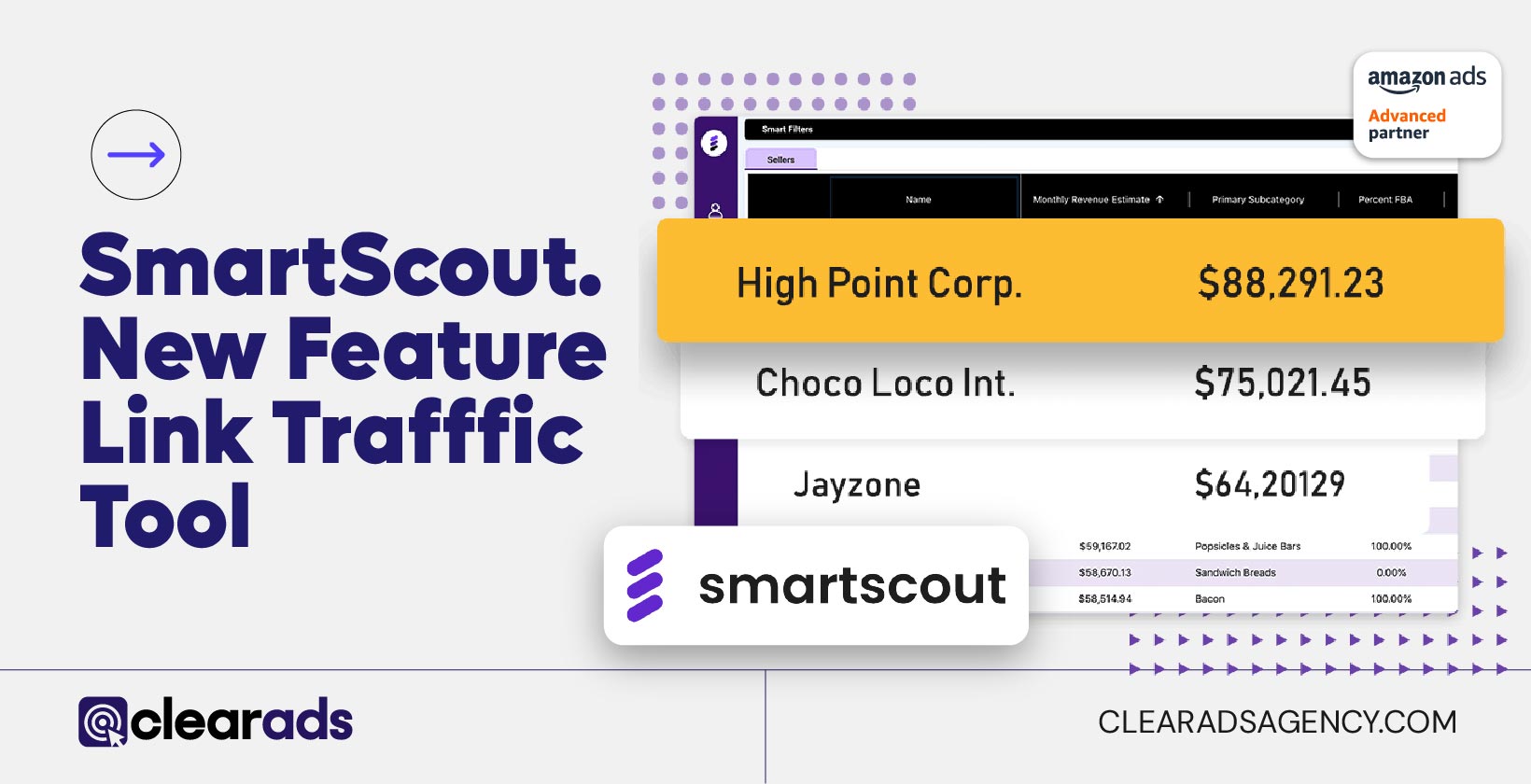For any retail brand looking to grow sales and boost online visibility, it’s hard to deny the business case for investing in Amazon advertising.
2020 marked the platform’s most successful Black Friday shopping weekend in history, with Amazon saying that independent businesses (the majority of which are small to medium-sized) selling on the platform made more than $4.8 billion worth of sales, up 60% from the previous year.
Its figures also revealed that 71,000 small- and medium-sized businesses worldwide had surpassed $100,000 in holiday sales by 01 December, with American SMEs selling an average of 9,500 products every minute.
The Amazon advertising ecosystem plays an important role in getting those products in front of shoppers, making Amazon ads non-negotiable for many businesses.
The question isn’t whether or not you should advertise, it’s how to ensure you aren’t wasting ad spend. Targeting the wrong keywords or bidding too much is obviously a concern but there’s another area where you could be losing out – by keeping your PPC ads live and bids running 24/7.
Dayparting offers a smart way to build more effectiveness into your PPC ad campaigns while also maximizing your budget.
What is Dayparting?
Those with a background in search engine marketing are probably already familiar with dayparting but now it can also be used with your Amazon PPC campaigns.
Like all PPC platforms, Amazon advertising is akin to an ad auction system with each advertiser bidding a certain amount for specific keywords and ad placements.
This is done in line with the stipulated daily budget specified by the advertiser for their campaign.
With the ad campaign cycle running on a daily basis, the default setting means that the ads will run all day, every day until they are paused.
Running campaigns this way can be inefficient for Amazon advertisers and can result in a less targeted, or less optimized campaign than is desirable. It can lead to unnecessary costs through wasted ad spend and poor results.
Dayparting offers a means to take back control with ad scheduling and be more strategic and effective when it comes to displaying ads.
As the name suggests, dayparting splits each day into parts or segments. This means that advertisers can then specify at which points of the day or night they wish to show their adverts to online shoppers.
Once desirable timeframes are identified, advertisers can decide to turn off their ads at other times of the day. It can also be used to increase or decrease bids for specific keywords at specific points in the day.
Another associated term to be aware of here is weekparting which operates in a similar way. Weekparting splits the week up into individual days.
Using the two together gives you a complete 360 view of your ad performance by allowing you to measure performance at the more granular hourlie level as well as the broader day of the week level.
Let’s put this into context. Imagine you sell office furniture. As you’re primarily going to be targeting business users, it makes little sense for you to have your ads running and using budget after standard office hours.
Dayparting can be used to turn your ads on during commuting and business hours, with higher bids during the most profitable parts of the day, and turned off later in the evening and at weekends to stamp out wasted spend.
Dayparting isn’t currently available within the Amazon Ads dashboards so if you want to employ this strategy, you’ll need to be prepared to turn your ads on and off manually (which can be tedious and you run the risk of forgetting) or, use a specialist third party tool (this can be expensive).
While dayparting is a relatively new addition to the Amazon Ads strategy kit, it can deliver fantastic results when deployed correctly. It helps advertisers to make the most of their budget by better targeting shoppers when they are most likely to be searching for a relevant product.
This can also allow Amazon sellers to improve their conversion rate.
Not all advertisers may need to use dayparting tactics however, as it will be most useful to those who experience dips and troughs in sales through the day or across the week.
How to establish whether dayparting is right for you
1. Establish when your key demographic is most likely to buy
It’s no secret that understanding your customers is one of the foundational aspects of great marketing. This same insight is also invaluable when it comes to optimizing your Amazon Ads campaigns. If you have a very detailed understanding of your audience base, you’ll be familiar with their habits and buying patterns, including when they are most likely to make a purchase.
If your business is able to identify very clear spikes and dips, it’s likely that you could benefit from dayparting as a means of maximizing your budget at times when your target market is most active, and avoiding wasted spend when they are less prone to make purchases.
In addition to boosting effectiveness, it’s also helpful for advertisers with more limited budgets.
2. Reaffirm your knowledge of your target audience
Consumer behavior changes and what you think you may know about your target market could easily be out of date. To ensure you’re making the best of your budget and truly creating a very lean, optimized campaign, you’ll need to base your decisions on facts. In advertising, facts typically means data.
With that in mind, you’ll want to reaffirm what you think you know by running tests. The easiest, most efficient way to do this is to create a series of identical ad campaigns (identical keywords, ads, budgets and bids) and then spread them across specific time periods through the day or week.
You’ll then be able to mine data from these campaigns to make data-driven decisions. In addition to looking at metrics such as which time periods saw the most traffic and conversions, it can also be useful to monitor performance by day of the week too. Mine your sales history to identify whether there are certain days of the week that consistently record more conversions. If so, you’ll want to factor those into your dayparting strategy.
3. Shift your Amazon advertising focus to peak times
The next stage of testing your dayparting strategies is to begin to put some of your learnings into action and monitor the outcomes. By now, your testing should have given you a good idea of which times of the day see a performance uplift, and which days of the week overall.
You’ll know need to begin the process of pausing ads between certain hours to test your theory. The office furniture retailer we discussed earlier may wish to begin by pausing ads between the hours of 9pm and 6am for example. This one simple change could decrease ad spend and increase ROI simultaneously.
Don’t be scared to experiment here and be very specific about when your ads should be live and when they should be paused. By continuing to be led by the data, you’ll be able to pinpoint ever more accurately the days and times most likely to generate the best results. From there, you can ensure your budget is optimized to keep ads live and visible during the periods of higher traffic and greater conversion, while removing wasted spend during other times of the day.
4. Be bold in your experimentation
The thought of turning your adverts off might be a scary prospect, but if your data indicates that you should pause your ads on specific days or at certain times, be bold. This approach can notably improve your campaign performance and, experimenting with different strategies and tactics will ultimately increase your optimization and help you get the best possible performance from your Amazon budget.
One point to note is that the most successful marketers are consistent; that means your experimental mindset will need to be retained and put to use on a regular basis. Even if you hit the sweet spot right now and time your ads perfectly, consumer behaviors can and do change and will almost certainly be subject to fluctuations around key dates such as Prime Day, Black Friday and Cyber Monday. That means you should continue to experiment, adapt and refine.
5. Bring in lightning deals
Participation in lightning deals is another way to ensure you’re extracting the best from your Amazon budget. Coupling lightning deals with dayparting is more effective still, as it means you don’t have to dedicate your entire day’s budget to the promotion and can instead refine your focus to the hours that bring you the most traffic and conversions.
Don’t forget to review the data too; lightning deals promotions can help you gauge just how popular a product is.
Use Amazon Retail Analytics Reporting
If you’re an Amazon Retail Analytics subscriber, you’ll get access to a range of useful reporting tools. Use the reports on offer to build a detailed view of when your ads are performing at their best across both organic and paid search.
This data should again help you to further refine your strategy and ensure that dayparting is being used to the very best of its ability.
Conclusion
If you’re a Google PPC advertiser, you may already be familiar with dayparting and need little convincing when it comes to the effectiveness of this strategy.
The extra effort required to unearth this data and then act on that knowledge within the Amazon PPC ecosystem however might be off-putting.
Don’t let that dissuade you from implementing dayparting though as the rewards on offer do make that additional effort worthwhile.


